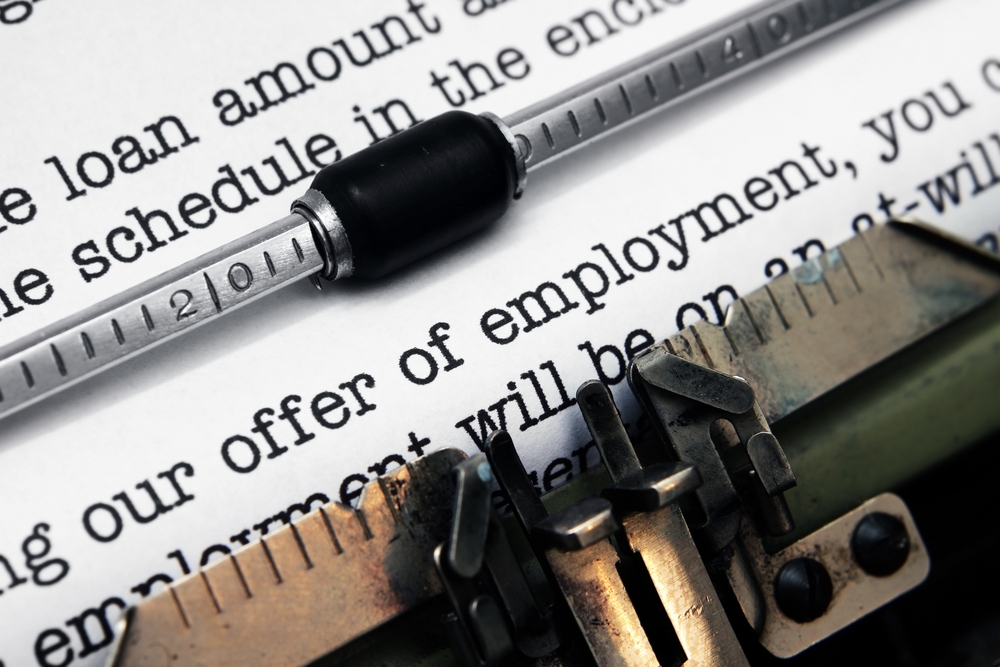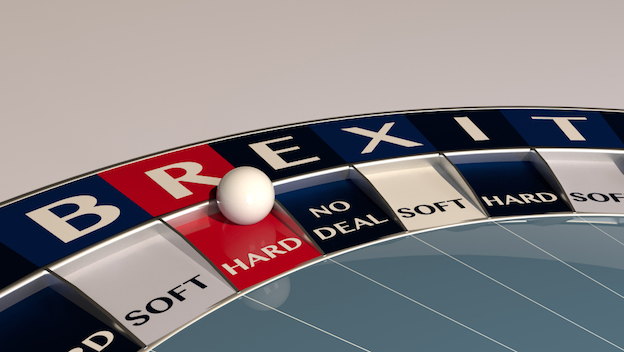Irish manufacturing shows resilience amid US tariff uncertainty, says Bank of Ireland’s head of Manufacturing Conor Magee. However, he warns of a potential €15bn impact as Trump administration considers pharmaceutical tariffs
“This reflects an improvement in output and new orders but is also driven by a bumper increase in exports triggered by the desire to build stocks and cushion the costs of promised tariffs”
Ireland’s manufacturing sector is demonstrating “green shoots of growth” while companies engage in strategic stockpiling to mitigate the impact of new US tariffs, according to Conor Magee, head of Manufacturing Sector at Bank of Ireland.
The country’s manufacturing Purchasing Managers’ Index (PMI) reached 51.6 in March 2025, continuing the first quarter’s rebound into expansion territory. While slightly down from February’s 51.9 reading, the Q1 average represents the highest level since Q2 2022.
“This reflects an improvement in output and new orders but is also driven by a bumper increase in exports triggered by the desire to build stocks and cushion the costs of promised tariffs,” Magee explained.
Stockpiling drives export surge
The scale of this pre-tariff stockpiling is evident in the latest export data for January-February 2025, with year-on-year exports up 47%.
US exports have surged 134%, dominated by Medical and Pharmaceutical products which increased by a staggering 333%.
“The sheer scale of this stockpiling is evidenced in latest export data,” Magee noted, highlighting how Irish companies are preparing for the new trade landscape.
Trump’s ‘Liberation Day’ tariffs reshape global trade
The Trump administration’s sweeping tariffs, announced on “Liberation Day” (April 2nd, 2025) and implemented on 9 April, have fundamentally altered global trade rules in place since 1947’s General Agreement on Tariffs and Trade (GATT).
Key tariff rates include:
- 20% on EU imports (with exemptions for Pharma and Semiconductors)
- 25% on Steel and Aluminium
- 25% on Passenger Vehicles and key automobile parts
- 125% on Chinese goods, bringing total tariffs to 145%
- Varying levels on other trading partners, with Asia and developing economies most affected
Ireland’s competitive advantage – for now
Despite the tariff regime, Ireland has “so far come off lightly” compared to EU neighbours, Magee observed. With pharmaceutical exemptions, Ireland’s effective tariff rate stands at just 3.8% versus the headline 20%, while Germany faces an 18.1% effective rate due to high automobile content.
Of Ireland’s €224bn in total goods exports in 2024, €73 billion went to the US, with €54bn in pharmaceuticals and semiconductors currently exempt from tariffs. The 20% tariff applied to remaining exports could cost an estimated €3.6 billion if no price increases are passed through.
However, this advantage may be short-lived. “The Trump administration has announced that tariffs on Pharma are imminent,” Magee warned. “A 20% rate would move the impact costs to €15bn with no price increases.”
Preparing for uncertainty
Looking ahead, Magee emphasided that “Irish manufacturing is resilient and expert at navigating economic cycles.” As the tariff situation evolves, he predicts businesses will maintain “a laser focus on costs and margins with a new emphasis on how best to serve their US customers in line with the new landscape of tariff costs.”
Magee advised manufacturers to take immediate action:
- Engage with the latest revision of the US Harmonized Tariff Schedule
- Work with customers to understand pricing options and elasticity
- Assess supply chain vulnerabilities due to interconnected value chains
- Collaborate with industry stakeholders including Bank of Ireland’s Sectors team, IBEC, Enterprise Ireland, and IDA Ireland
“With global trade now affected by tariff-related uncertainty and volatility, we will see manufacturing pausing investments and new recruitment,” Magee concluded. “The short to medium term impacts could stifle free trade, delay investment decisions, accelerate inflation, hurt consumers’ pockets and risk plunging countries into recession.”
The Trump administration has implemented a 90-day pause, reverting to 10% tariffs for all trading partners except China, bringing the US average tariff rate to 24% versus the previous 27%.
To read the full report and access Bank of Ireland’s resources for businesses managing through challenging times, click here
-
Bank of Ireland is welcoming new customers every day – funding investments, working capital and expansions across multiple sectors. To learn more, click here
-
For support in challenging times, click here
-
Listen to the ThinkBusiness Podcast for business insights and inspiration. All episodes are here. You can also listen to the Podcast on:
-
Spotify
-
SoundCloud
-
Apple






